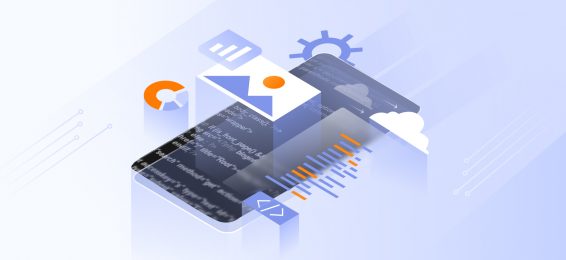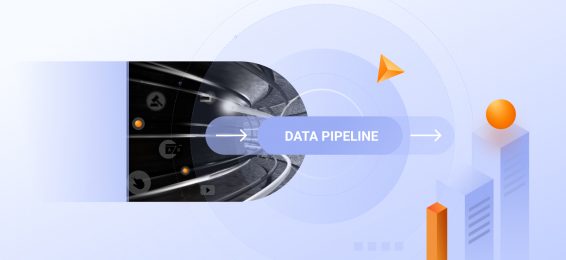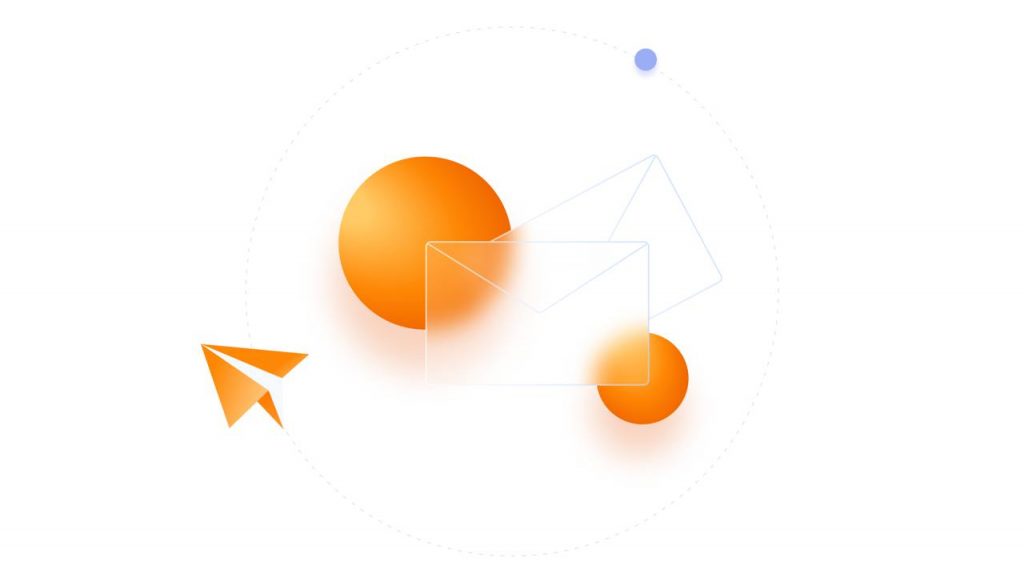What is real-time data?
What is real-time data refers to information that is delivered immediately after it is collected, enabling systems and users to process, analyze, and act on data without delay. Unlike batch processing, where data is processed in chunks after accumulation, real-time data streaming ensures minimal latency, making it essential for applications like stock trading, online gaming, and IoT systems.
What is the difference between real-time data and streaming data?
While often used interchangeably, real-time data and streaming data have distinct meanings. Streaming data vs real-time data highlights that real-time data refers to information processed as it is received, typically with minimal latency. Streaming data, on the other hand, encompasses any data that flows continuously, whether processed in real time or after some delay. For instance, what is real-time video streaming might involve live feeds processed instantly, while delayed streams still qualify as streaming.
What are examples of real-time data streaming?
Real-time streaming data examples include many modern applications:
- Financial services: Stock price updates and trade executions.
- E-commerce: Live inventory updates and personalized product recommendations.
- IoT real-time data streaming: Smart home devices adjusting temperature or lighting based on user activity.
- Transportation: Real-time tracking of rideshares or delivery vehicles.
What is real-time data streaming architecture?
Real-time data streaming architecture involves components that work together to collect, process, and distribute data with minimal latency. Key elements include:
- Real-time streaming data sources: Devices, sensors, or applications generating the data.
- Ingestion layer: Tools like real-time data streaming Kafka or real-time data streaming AWS that capture and transport the data streams.
- Processing layer: Frameworks such as real-time data processing using Spark Streaming or real-time data streaming Python that transform and analyze the data in real time.
- Storage layer: Databases optimized for real-time operations, like Apache Cassandra.
- Consumer layer: Applications like Tableau real-time data streaming for actionable insights.
What are some real-time data streaming tools?
Several real-time data streaming tools and platforms facilitate this process:
- Apache Kafka: A popular kafka real-time data streaming platform for event streaming.
- Amazon Kinesis: A service supporting real-time data streaming AWS for cloud-based systems.
- Azure Data Factory real-time streaming: Enabling real-time pipelines for data processing.
- Node.js real-time streaming data solutions: Ideal for low-latency applications.
- Airship real-time data streaming: Tailored for customer engagement in real time.
How does real-time data streaming architecture work?
A typical data streaming architecture begins with data ingestion, where streaming data sources generate raw data streams that flow to tools like Confluent data streaming. The streaming processing layer handles transformations using platforms like data stream technologies or data streaming software. The processed data is then stored or visualized through streaming analytics use cases, enabling actionable insights.
Why is real-time data streaming important?
Real-time data streaming enables organizations to act promptly, enhancing operational efficiency and user experience. For instance, streaming examples include anomaly detection to prevent security breaches or using big data streams to power AI-driven recommendations. These capabilities are fundamental in industries where speed and precision are critical.
This guide illustrates the importance of real-time data streaming architecture, tools, and stream processing applications to build robust, responsive systems.



